Remote work has become prominent over the past years, especially during and after the COVID-19 pandemic. And as businesses continue to adopt remote and hybrid work arrangements, more communication tools emerge to connect employees virtually.
Two of the most popular communication platforms today are Zoom and Google Meet. In this article, we will compare them and see which one has better features. We’ll also list each app’s pros and cons to help you decide which communication tool to use.
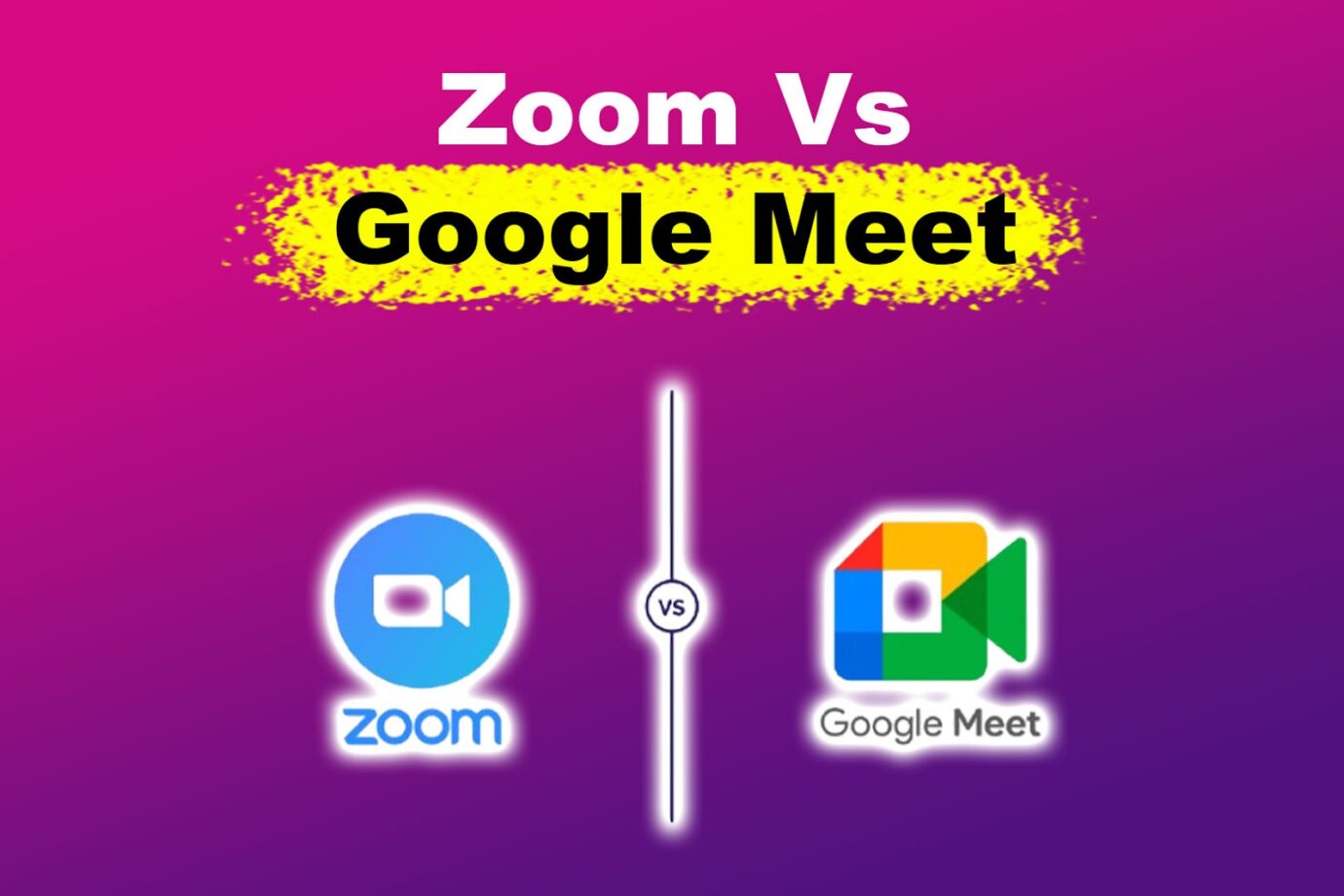
Overview of Zoom
Zoom is a cloud-based audio and video conferencing platform used for online collaborations and meetings. It has free and paid versions, each offering different features tailored for users’ needs.
Besides audio and video calls, Zoom offers chat and other collaborative features, such as screen sharing, whiteboards, and polling. It is accessible via Windows, Mac, Linux, Android, and iOS.
Overview of Google Meet
Google Meet is a conferencing platform that offers audio and video conferencing, screen sharing, and chatting features. Formerly known as Google Hangouts, this tool integrates with Google Calendar, allowing users to join meetings directly from it.
Apart from Google Calendar, Google Meet works with the entire Google Workspace. This makes the conferencing tool ideal for people who use Google apps for work and other purposes.
Full Comparison of Zoom & Google Meet
The growing numbers of communication tools offering convenience to remote workers make it difficult to choose one that perfectly fits your needs. This is why it’s essential to check their features to understand how you will benefit from the tool you choose.
Here is an in-depth feature comparison of Zoom and Google Meet:
1. Pricing Plans
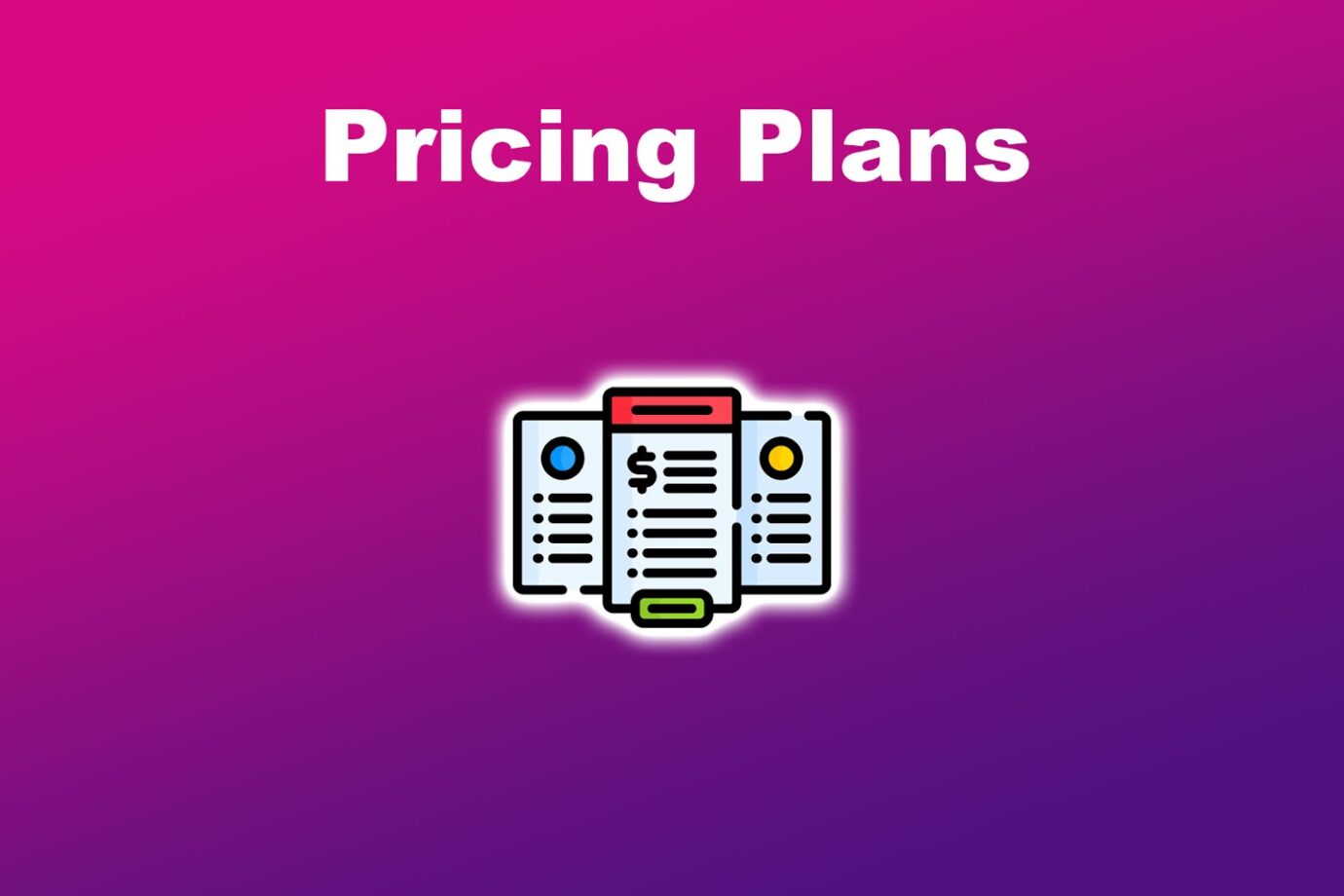
Zoom
Zoom offers a free plan that lets you access its basic features. This is ideal for small businesses, enabling you to conduct audio and video calls, use basic whiteboard features, and share documents.
However, if basic features are not enough for your needs, there are two paid plans you can choose from.
- Pro Plan.
At $13.33 per month per user, you get a more advanced version of the basic features. There are also additional features like AI, cloud storage, workflow automation, and more. - Business Plan. This plan lets you enjoy all the features the Pro plan offers. You also get a whiteboard, extra security, and a meeting scheduler as additional features. The Business plan costs $18.33/month per user.
Each Zoom plan is billed annually. While you can subscribe to a billed monthly plan, the price is higher than paying annually. Find out more about Zoom’s pricing on Zoom’s official website.
Check out Forbes’s review of Zoom’s features and pricing plans.
Google Meet
Like Zoom, Google Meet offers a free plan suitable for personal use and small organizations. Anyone with a Google account can use Google Meet to collaborate with others. However, meetings are limited to one hour and can only accommodate up to a hundred participants.
There are also paid plans you can subscribe to. However, the paid version of Google Meet is embedded in the Google Workspace. This means your subscription will let you access more Google apps than Google Meet alone.
- Business Starter. This plan costs $6.30/month per user
and gives you access to a pooled storage, a custom email address, and basic AI assistant features. - Business Standard.
At $12.60/month per user, you get better versions of the Business Starter plan’s features plus additional features for various Google apps. - Business Plus. You can get this plan for $22/month per user.
It offers more features than Business Standard, making it a suitable choice for larger organizations that frequently host remote meetings. - Enterprise.
This plan offers the most comprehensive features, including 5TB of pooled storage, all the features of Gemini AI, and enhanced customer support. You must contact Google to find out the Enterprise plan’s price.
Get more details about Google Meet/Google Workspace’s pricing plans on Google Workspace’s official website.
Comparing Google Meet’s cost versus Zoom, it’s clear that Zoom wins in terms of pricing flexibility.
2. Accessibility & Limitations
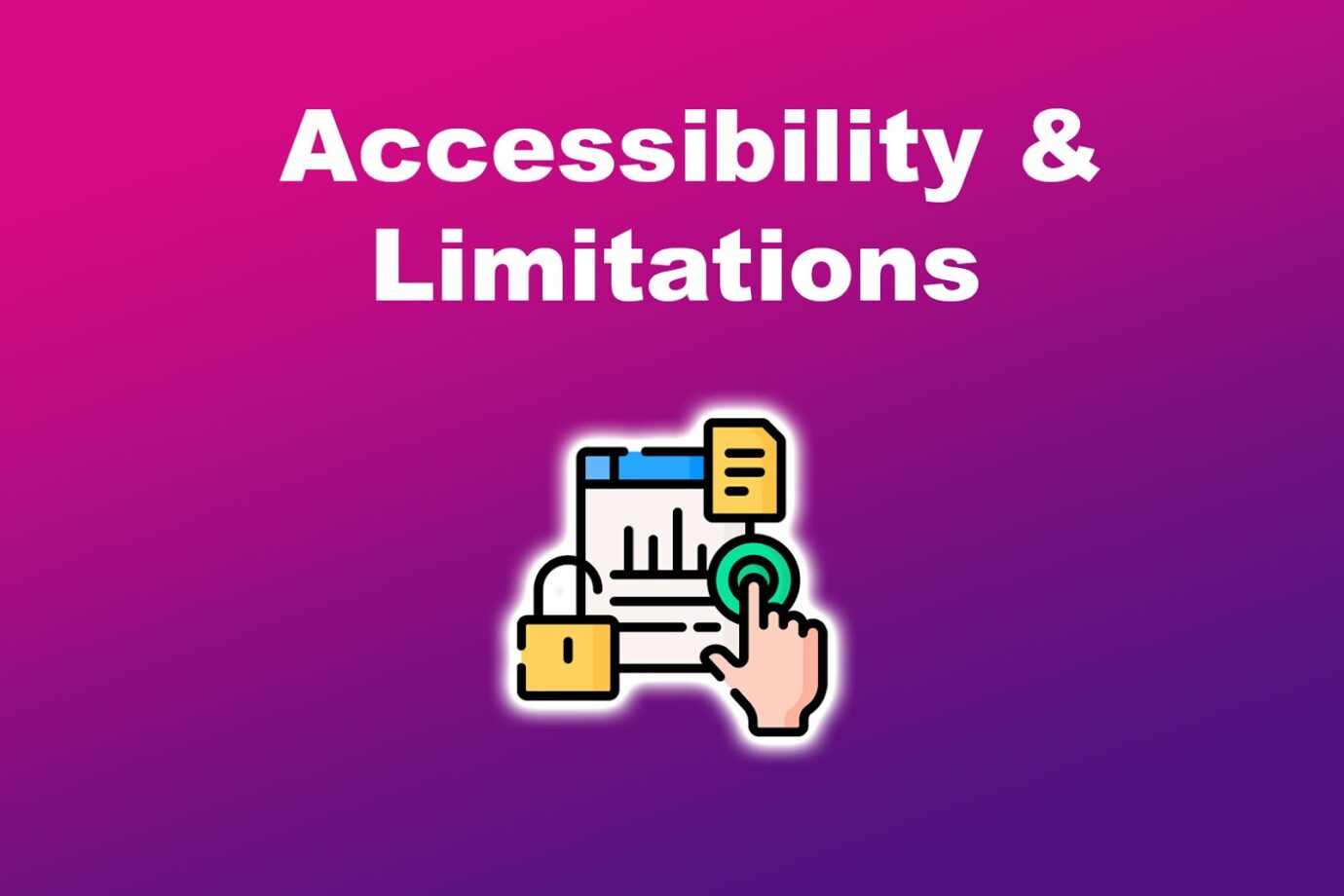
Zoom
This communication tool is accessible on various devices, making it a popular choice for many organizations to meet their remote communication needs. You can either download the Zoom app or open its website via your browser to use it.
However, you can only hop in a 40-minute call with 100 participants on the free version. Subscribing to a paid plan can increase this limitation to 30 hours of meeting time and a maximum of 300 participants.
Google Meet
Google Meet is similar to Zoom in terms of accessibility, as it can be used across various devices, including mobile, iOS, Windows, Mac, and Linux. However, it doesn’t have an app, so you can only use it via a browser.
Google Meet’s time limit is longer than Zoom’s. It offers one hour of free calls and accommodates up to a hundred participants. If you require additional call hours and rooms for participants, the paid plans increase the call limit to 24 hours and accommodate a maximum of 1,000 participants.
If you are looking for a remote communication platform with enough call hours on its free version, then Google Meet wins the Zoom vs. Meet time limit comparison.
3. Integrations
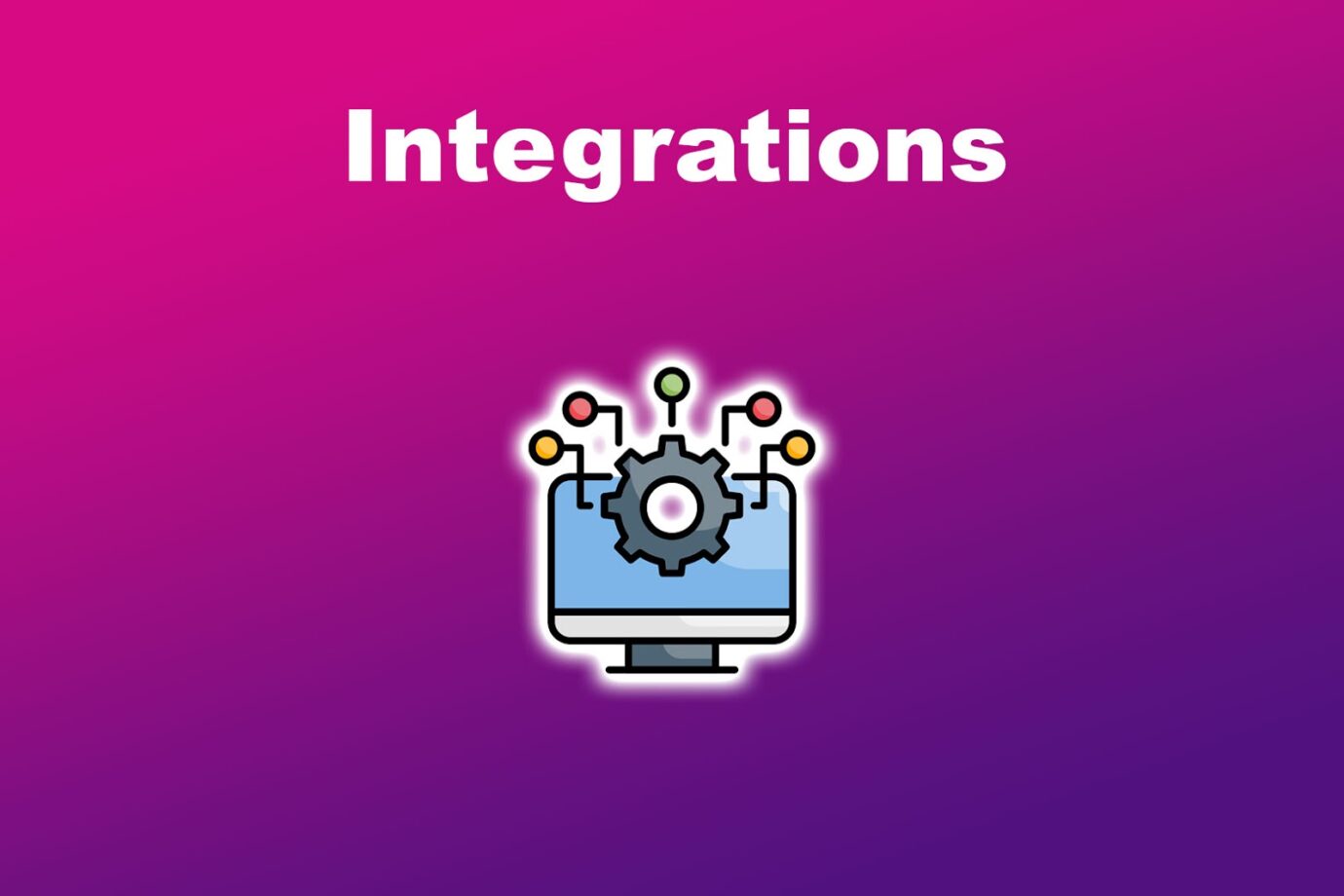
Zoom
With Zoom, you can get many integrations to maximize its capabilities and features. It offers calendar integrations, specifically with Google Calendar and Calendly.
There are also integrations for workflow automation, which enable the automatic dissemination of meeting invites, recording of meetings, and collection of data.
Zoom also allows you to integrate with Zapier, enabling seamless access to various work applications directly within Zoom.
Get more details about Zoom integrations in this Zoom Support article.
Google Meet
Google Meet automatically integrates with all the Google Workspace apps as a part of your paid subscription. This makes collaboration easier, as you can start a video chat without leaving the Google app you’re currently using.
In addition to native integrations, Google Meet also allows third-party integrations. You can connect your Google Meet account with Zapier for workflow automation. It is also compatible with other apps, such as Tactiq and ScreenApp, which track attendance and transcribe meetings, respectively.
Compared to Zoom, Google Meet is better if your organization uses Google Workspace.
4. Video Chatting Features
Zoom
Zoom offers numerous video chatting features. Besides HD video quality, it allows you to change your background during meetings. This is ideal for hiding clutter in your background or for your meeting setting to look more professional.
If there are more participants than you can accommodate, Zoom’s breakout rooms let you divide them into batches for better meeting organization.
There is also a digital whiteboard, a feature that allows you to use for in-meeting brainstorming and collaboration. Additionally, you can add closed captions to meetings and record them to capture the information participants shared.
Google Meet
Google Meet’s video chatting features are similar to Zoom’s. It has closed captions, virtual backgrounds, breakout rooms, and even a meeting recording feature. However, it does not have an in-built whiteboard that you can use for real-time collaboration.
Instead of a whiteboard, Google Meet uses Google Jamboard, which you can access on your meeting’s “Activities” menu. Once you open Jamboard, it will share a link with the meeting participants through chat. This link opens a whiteboard where you can draw and take notes.
If you want your whiteboard built into your meeting app, then Zoom is better than Google Meet.
5. Security
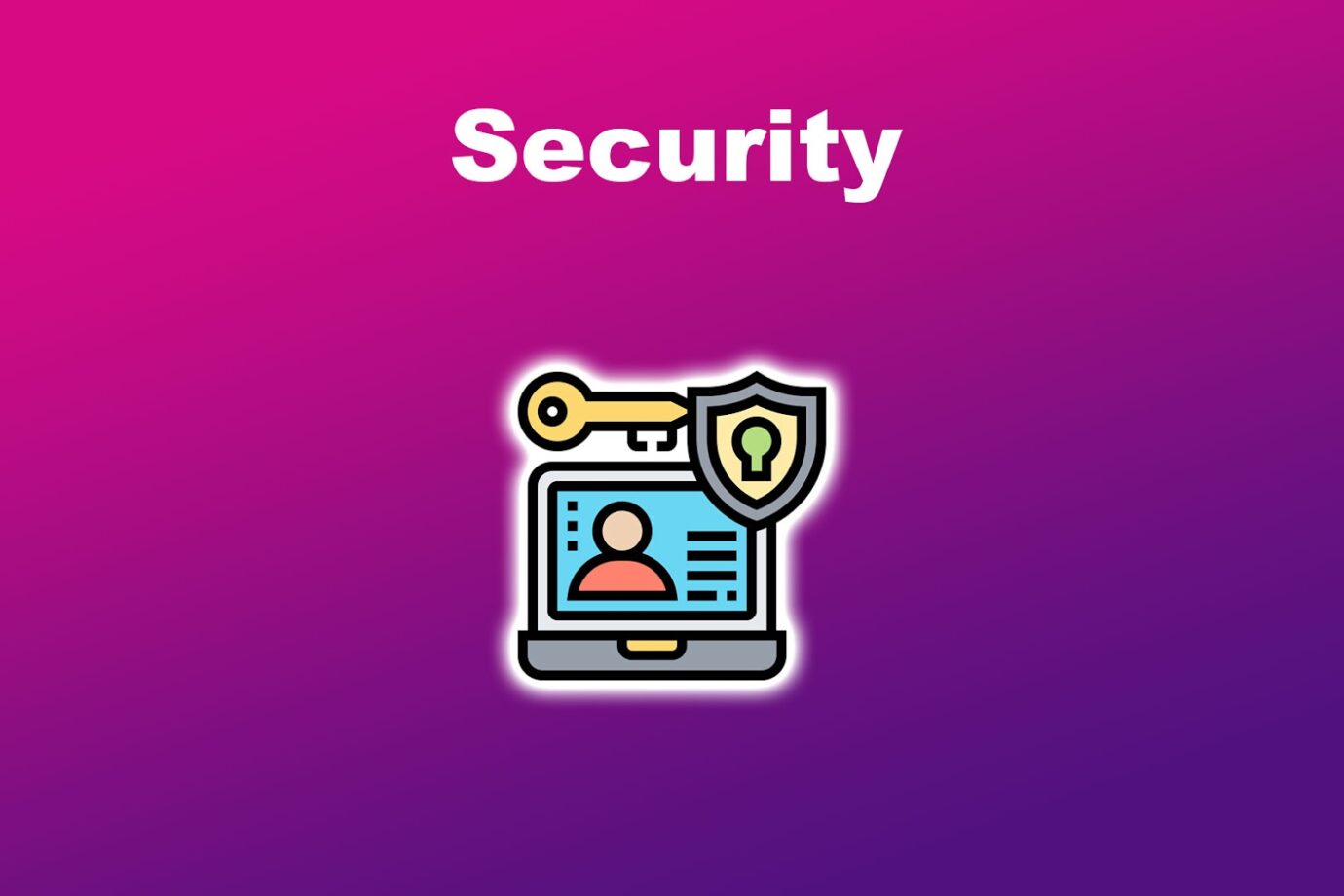
Zoom
Data breaches and leaks are becoming a real problem as businesses continue to operate remotely. This is why Zoom has integrated multiple security features to keep its users’ data and information safe.
Participants must use a passcode to enter the meeting room, ensuring no one uninvited can join. For an added layer of security, users can use two-factor authentication, which can stop common attacks like hacking, phishing, and identity theft.
Moreover, the chats, audio, and video calls done in Zoom have end-to-end encryption. This prevents unauthorized individuals from accessing them.
Find out more about Zoom’s security features on Zoom Support.
Google Meet
Google Meet also ensures that its users are protected against common attacks and security threats. Therefore, your meetings and messages are end-to-end encrypted.
In addition, meetings are invite-only, which means third-party individuals not on your calendar invite cannot enter your meeting rooms. If they want to join, they must send a request, which you can accept or decline.
Needless to say, Zoom and Google Meet have the same level of security.
6. Meeting Controls
Zoom
If you often host meetings, Zoom is packed with meeting control features from which you can benefit. One beneficial feature is that you can control who enters the meeting and prevent late participants from joining once the meeting has started.
Apart from participant controls, you can also control the meeting itself. For instance, you can mute or unmute participants whenever needed, disable screen sharing, or even remove participants.
Similarly, participants can mute themselves or disable their cameras during meetings.
Google Meet
Google Meet has less intuitive meeting controls than Zoom. While it has basic controls for hosts, such as muting and removing participants, its minimalist interface makes it difficult for some to find.
It is also impossible to mute people all at once in Google Meet, which is cumbersome if you host a large group.
Regarding meeting controls, Zoom has better features than Google Meet.
Forbes also has an in-depth review of Google Meet.
7. AI Features

Zoom
Zoom has integrated artificial intelligence into its app through AI Companion (formerly Zoom IQ). It can generate whiteboard content, summarize meeting information, and annotate key information on meeting recordings.
These features improve productivity by automating time-consuming tasks. Zoom AI Companion can also answer your in-meeting questions when you need to clarify information.
Google Meet
Google Meet utilizes Google’s Gemini AI. This transcribes meetings, automates note-taking, and summarizes key points from meetings. Gemini even features noise cancellation, which reduces background noise for clearer audio.
However, Google Meet’s AI cannot answer in-meeting questions – a feature that is beneficial in Zoom. Still, we can’t say that Zoom’s AI Companion is better than Gemini. This is because people who rely heavily on Google Workspace may benefit more from using Google Meet’s AI features.
Can’t choose between Zoom and Google Meet? PortfoLink has a list of the best tools for virtual meetings to help you find one that fits your needs.
8. In-Meeting Chat
Zoom
This remote communication app has a straightforward approach when it comes to in-meeting chat. You can use your chatbox like any other messaging platform – just type your message, hit send, and wait for the recipient to see it.
This messaging feature has two options – you can send the chat privately to just one person or let all the participants read it. You can even send emojis and GIFs to make conversations more interactive.
Google Meet
Google Meet maintains a traditional approach in terms of in-meeting chats. This means those who joined the meeting cannot see the messages sent before entering the virtual meeting room.
If you leave and rejoin the meeting, the entire conversation will be invisible from your end.
Zoom is clearly better than Google Meet if you need the in-meeting chat feature.
Which Is Better: Zoom or Google Meet?
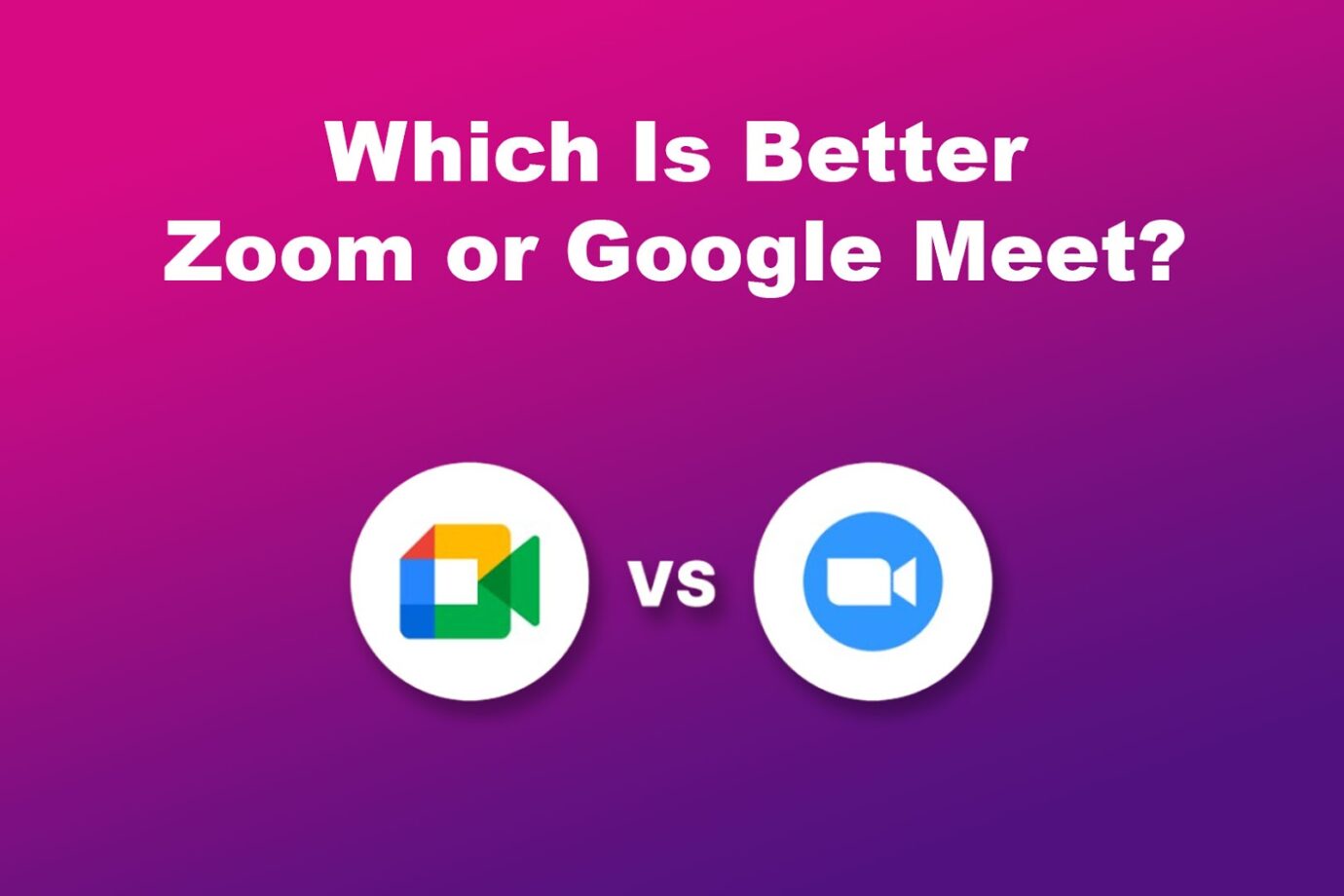
The answer to which is better between Zoom and Google Chat depends on your specific needs. If you need an app with excellent participant management, then Zoom is better. Meanwhile, organizations that use Google applications may benefit more from Google Chat, as it integrates seamlessly with the entire Google Workspace.
Google Meet is also ideal for smaller teams, while Zoom can cater to larger organizations, as it offers more advanced meeting controls. If you plan to use any of these communication platforms for free, Zoom is like Google Meet, as both can handle up to 100 participants.
However, you should pick Google Meet if you need a longer meeting time limit on the free version.
Zoom Support lists five reasons why its platform is a great choice for businesses.
Why Do People Prefer Zoom?
People prefer Zoom over other remote communication tools due to its ease of use, excellent audio and video, and reliability. Zoom’s popularity soared in recent years, so many people are already familiar with its interface. As a result, it is often the first choice when looking for a meeting tool.
However, this does not mean that the other remote communication apps are not good enough. Google Meet, for instance, is best for its accessibility. Its paid version integrates with Google Workspace so you can join meetings from any Google app, such as Docs or Gmail.
Zoom & Google Meet Offer Different Benefits
Both Zoom and Google Meet are excellent remote communication tools. However, it’s worth noting that they take different approaches to catering to users. For this reason, you have to assess your needs and requirements before deciding which platform to use.
If you need more tools to choose from, PortfoLink has a list of remote communication tools and their features.